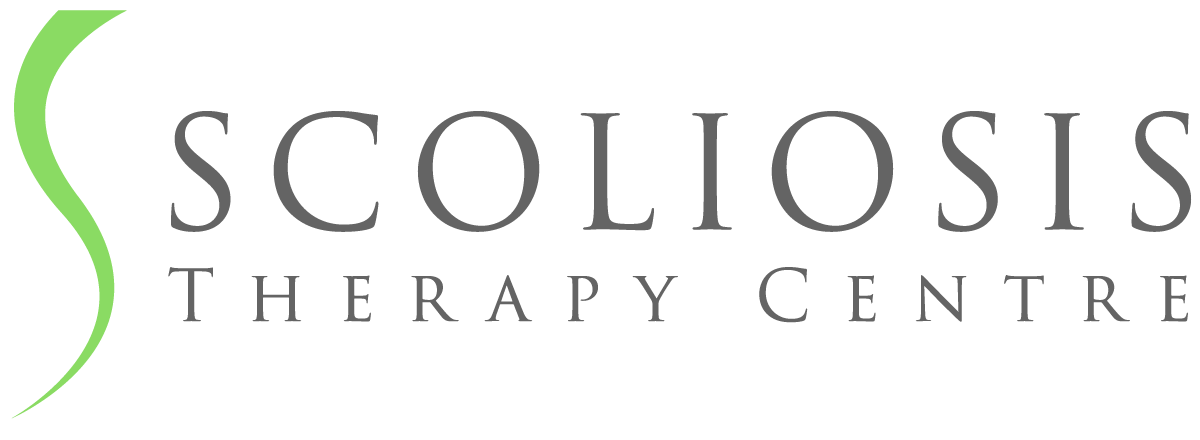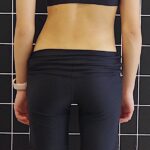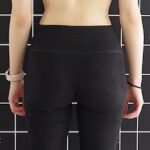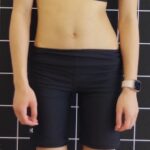Help - my child has scoliosis
Having a child/teenager diagnosed with Adolescent Idiopathic Scoliosis (AIS), is a traumatic experience for most parents. Initially, there is a daunting feeling of guilt and despair. Parents mostly seek help from their GP and are referred to a public hospital. For some parents though, the prospect of their child/teenager having to wait weeks, even months for an appointment is the last straw; they instead seek a private consultation with an orthopaedic specialist. Invariably, they then seek solace from Facebook scoliosis support groups.
Treatment for adolescent idiopathic scoliosis
If their child/teenager’s curvature is less than 25º, a public hospital will simply observe their scoliosis at 4 to 6 month intervals. Should their curvature then progress to 25º or more, bracing is prescribed, and if bracing is not successful, and their child’/teenager's curvature(s) continue to progress to greater than 40º, spinal fusion surgery is recommended.
But, is spinal fusion surgery the only treatment option for AIS curvatures that have progressed to 40º or above?
Critical questions for parents
Critical questions for parents to then ask, is at what stage should bracing treatment be prescribed, rather than just continuing to observe their child/teenager’s scoliosis, over an extended period of time? Should bracing be prescribed earlier in the treatment cycle? And, when bracing is offered, is there a choice of appropriate and effective bracing options, or is only one bracing option prescribed, and if so, how effective is it? And, is there any other alternative treatment option that could help.
three dimensional (3D) disorder
Adolescent Idiopathic Scoliosis is a three dimensional (3D) disorder/disease and therefore requires 3D treatment. There are alternative non-invasive conservative treatment options available today, 3D scoliosis exercise therapy and 3D bracing, such as the asymmetrical Chêneau style braces.
The Schroth Method of 3D scoliosis exercise therapy has also proven to improve bracing outcomes in patients whose curvatures are greater than 40º degrees, thus avoiding the need for spinal fusion surgery.
The patient shown in the gallery below first attended a Schroth Method Therapy Residential Pogram at our clinic in April 2013, when she was 13 years old. She presented with a severe S curve scoliosis. Over the past 2 years she has continued with her Schroth Home Exercise Therapy Program and has worn a Gensingen 3D asymmetrical Chêneau style brace, which shortly she will be weaned off from wearing. Her posture, as can be seen, has improved dramatically.
- 07-04-2021
- 12-04-2023
- 07-04-2021
- 12-04-2023
[Click once on an image to expand it to full view, a gallery slide show will automatically commence; or you can manually move from one image to another by clicking on the left and right arrow indicators.]
long term quality of life?
So, the final critical question for parents to ask is: if they commit their child/teenager to spinal fusion surgery, and in the process, either ignore, or are not aware of the non-invasive treatment options of 3D scoliosis therapy exercises and 3D bracing, does spinal fusion surgery improve their Child/teenager's long term quality of life?
The Scoliosis Research Society (SRS) recommends spinal fusion surgery for patients with [AIS] curvatures greater than 45º who are at high risk of further curvature progression. SRS does not, however, state that surgery will improve a patient's long term health related quality of life.
From a conservative treatment perspective, a Critical Review: "Risks and Long-term complications of adolescent idiopathic scoliosis surgery versus non-surgery and natural history outcomes" is more definitive.
The authors of the Critical Review conclude that "there is no evidence that spinal fusion surgery improves quality of life for AIS patients versus natural history [of theiir scoliosis].”




